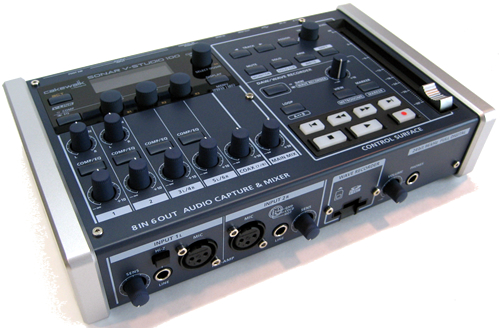 Hello to all SONAR users!
Hello to all SONAR users!
In efforts to empower artists and music producers it is hard for me to imagine the huge numbers of students I’ve had the opportunity to work with over a 20 year span. This happens in every format from private one-on-one or small group classes to many years in Berklee classrooms along with the Berklee online school (teaching production techniques in SONAR). A range of numbers somewhere between 12,000 and 20,000 students is a not so calculated guess! The truth is that I’m grateful for every one of them as each helped teach me to be a better coach and teacher along with all of the wonderful and amazing musical rewards when students apply what they have learned. It gives me great satisfaction to know that these people will continue making progress and developing the music careers they wanted.
One area of confusion that constantly comes up is this:
I often notice that the technology almost forces people to work in ways that are very unnatural for what they are trying to do. A great example of this is when the type of musical “style” the student is pursuing vigorously is ultimately made to sound lifeless and sterile. You might ask, how can the musical style play such a huge role in the successful outcome of various production projects?
Continue reading “Berklee Professor Steve MacLean Talks SONAR in the Classroom”


 Editing your tracks can be the most tedious and time consuming part of the whole music-making process. In almost every project, you’re going to need to do things like line up your Acapella track, line up your Loops and Groove Clips, syncopate your Drum clip, extend the intro or outro, add a break, etc.
Editing your tracks can be the most tedious and time consuming part of the whole music-making process. In almost every project, you’re going to need to do things like line up your Acapella track, line up your Loops and Groove Clips, syncopate your Drum clip, extend the intro or outro, add a break, etc. What’s sleek, compact, and all that and a bag of chips? According to The Gadgeteer.com’s David Flowers, it’s Cakewalk’s V-Studio 100!
What’s sleek, compact, and all that and a bag of chips? According to The Gadgeteer.com’s David Flowers, it’s Cakewalk’s V-Studio 100! We’ve all been there. You’ve laid out the perfect vocal track and a killer guitar solo. But you’re lacking the skills to bang out a drum track to complete your recent project. Perhaps, all you need is a little help from your friends!?
We’ve all been there. You’ve laid out the perfect vocal track and a killer guitar solo. But you’re lacking the skills to bang out a drum track to complete your recent project. Perhaps, all you need is a little help from your friends!?


